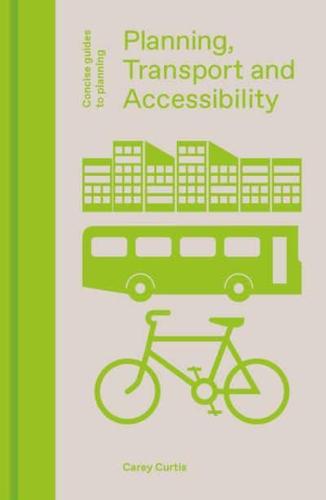Publisher's Synopsis
This book focuses on the way in which urban planning and transport planning can work together to achieve sustainable accessibility. Sustainable accessibility has a focus on walking, cycling and public transport, achieved by planning urban areas so that a person's daily activities are undertaken closer to home. It is also about reducing the need to travel by private car, especially for long distances. This approach is critically important in the context of the climate emergency we face.
Illustrated by case studies from the UK, Australia and Sweden, this book shows how, and why, we can successfully plan for sustainable accessibility through urban development planning and transport planning practices. Examining three different spatial scales: Metropolitan, Town Centres, and Neighbourhoods, and employing a multi-dimensional perspective, sustainable accessibility is considered through the lens of different residents and their daily needs. There is a strong focus on their qualities of 'place' and on governance, considering who should take action, and how processes of implementation influence the effectiveness of design approaches. This innovative multi-dimensional perspective re-frames traditional approaches and offers the reader an appreciation of the bigger picture of what is needed to plan for sustainable accessibility, while at the same time outlining the specific details that are necessary for its implementation and introducing the application of accessibility thinking and associated tools.







